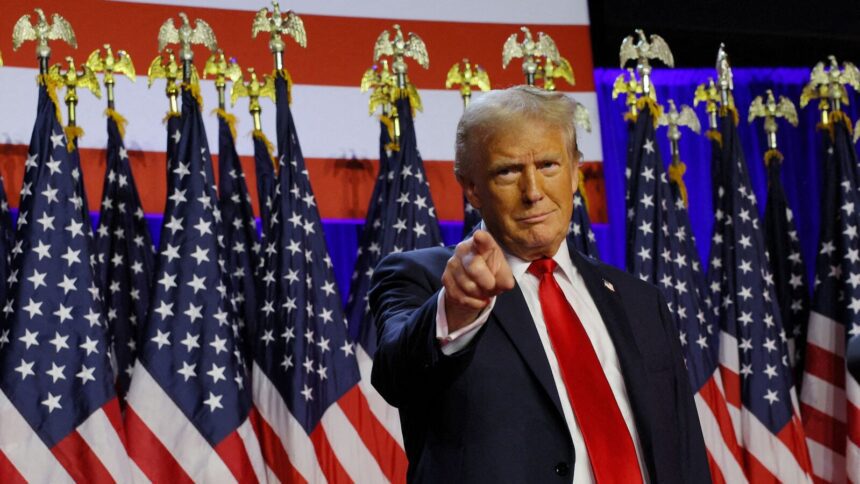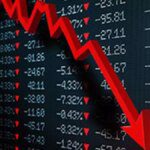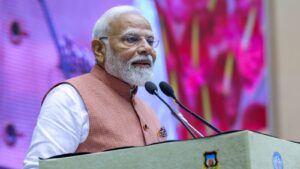The Future of Election Forecasting: Moving Beyond Traditional Polling
As we approach the next presidential election cycle, the limitations of traditional polling methods have come under increasing scrutiny. For nearly a century, surveys have been the linchpin of election prognostication. However, recent trends suggest that these methodologies may no longer be up to the task of accurately predicting electoral outcomes. This shift could fundamentally change how we assess voter behavior.
The Shortcomings of Traditional Polling
Recent elections have raised serious questions about the reliability of poll results. In three consecutive presidential elections, polls underestimated support for former President Donald Trump, prompting calls for a reevaluation of this long-standing approach. Several factors contribute to the growing skepticism around polling:
-
Declining Response Rates: Survey response rates have plummeted to as low as 2%. This raises concerns about whether the small sample of respondents can genuinely represent the broader electorate.
-
Dishonesty and Misrepresentation: Many individuals may provide misleading responses for various reasons—whether to protect their self-image or simply for amusement. Social-desirability bias can lead to significant inaccuracies in the data collected. For instance, studies have shown that a substantial number of individuals who did not vote will claim otherwise, skewing the data.
- Engagement Disparities: Certain demographic groups, particularly younger voters and Trump supporters, are less likely to participate in surveys or may provide intentionally misleading answers. This phenomenon has been highlighted as a significant factor in poll underestimations of Trump’s support.
Despite these challenges, it would be overly simplistic to dismiss polling altogether. Surveys can still provide valuable insights, especially regarding shifts in candidate support across different demographics and regions.
The Emergence of Online Data as an Alternative
In recent years, an alternative approach has emerged that leverages the vast amounts of data generated online—specifically, Google search data. Research has indicated that analyzing search behavior can often be more predictive of actual electoral outcomes than traditional surveys. This method offers several advantages:
-
Real-Time Insights: Search trends can provide a more immediate picture of voter sentiment, reflecting shifts in public opinion as they occur.
- Behavioral Indicators: Specific search queries can reveal underlying voter preferences that may not be articulated in surveys. For example, the order in which candidates’ names are searched can indicate support levels. A study from UCLA found that voters searching "Trump Harris debate" were more likely to support Trump than those who searched "Harris Trump debate," hinting at subconscious biases.
Search Data Insights from Recent Elections
Empirical evidence underscores the efficacy of online data in predicting election results. For example, states like Mississippi, where Trump enjoys strong support, showed a notable tendency for searches to feature "Trump" first when searching for both candidates. Conversely, in more liberal Vermont, "Harris" led search queries. These patterns have implications for understanding voter dynamics and could enhance predictions based on polling data alone.
Overall, analyses from recent electoral cycles suggest that integrating online search behavior can significantly refine state-level predictions. By looking beyond traditional survey methods, researchers could better capture the complexities of voter behavior and sentiment.
Looking Ahead: The Evolution of Election Forecasting
As we look toward the 2024 elections and beyond, it is clear that the reliance on surveys for predicting electoral outcomes will need to evolve. The confluence of data science and digital life offers a treasure trove of insights that have the potential to redefine political forecasting. Techniques that incorporate online data could progressively complement or even supplant traditional methods, bringing greater accuracy and nuance to our understanding of the electorate.
In conclusion, the landscape of election forecasting is changing. While traditional polling has played a vital role in political analysis, the rise of digital data offers a promising alternative that could improve the precision of our predictions significantly. As we navigate this new terrain, one thing remains clear: the days of relying solely on surveys to gauge electoral sentiment may soon be behind us.
This analysis is informed by recent trends and research findings regarding polling and online data, as discussed by Seth Stephens-Davidowitz, a data scientist with extensive experience in understanding voter behavior through non-traditional means.










